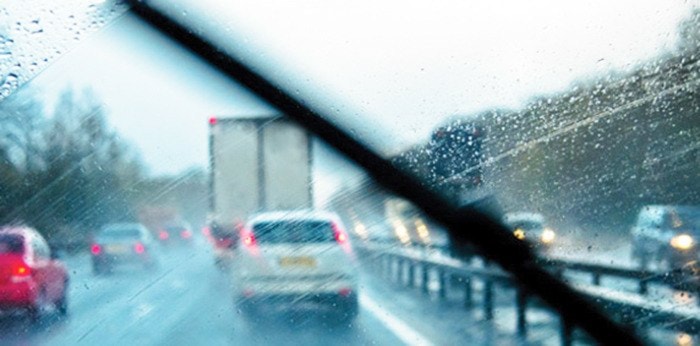Speed-related crashes that result in injury or fatality increase by over 50 per cent in B.C. between November and January – totalling nearly 250 crashes each of these months. About 40 of these crashes occur on Vancouver Island each month.
Driving too fast for the road conditions is a factor in most speed related crashes. That’s why ICBC and police are appealing to Vancouver Island drivers to adjust their driving for the road conditions they encounter. In poor weather, slow down, increase your following distance and allow extra travel time.
Throughout November, police across B.C. will be looking for drivers travelling at unsafe speeds.
Top 6 tips for Island drivers:
Consider using your headlights whenever weather is poor and visibility is reduced – not only at night – to help you see ahead and be seen by other drivers.
Heavy rain can seriously reduce visibility and make road surfaces more difficult to stop on. Make sure your wipers are in good condition and increase your following distance to at least four seconds.
When fog hits, turn your headlights on or use fog lights if it’s very foggy. Use your defroster to keep your windows clear and, if needed, partly roll down a window for more visibility. Use the right edge of the road or road markings as a guide.
When temperatures near freezing, be aware of black ice. While it’s virtually impossible to see ahead of time, if you notice ice build-up on your windshield, there’s likely black ice on the road. Slow down and increase your following distance so you can see how vehicles around you are moving on the road. Black ice is commonly found at shaded areas, bridges, overpasses and intersections.
The key to driving in snow and ice is to accelerate and brake slowly and avoid unexpected sudden movements that could cause you to skid.
In poor conditions, use extreme caution when approaching highway maintenance vehicles on the road and never pass on the right. Be patient and maintain a safe following distance – these vehicles throw up snow and spray which can make it difficult to see.
“We are now into the fall, and that means the days get darker earlier, and motorists can often experience bad weather conditions,” said Todd Stone, Minister of Transportation and Infrastructure.
“Therefore, it’s really important that motorists remember to adjust their driving speed accordingly, and slow down when they encounter bad weather, such as rain, snow, or fog. It’s also important to leave lots of following distance between vehicles, and to stay alert at the wheel.”
